Introduction
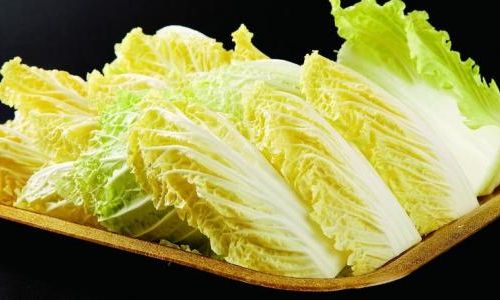
In the realm of traditional food preservation, sun-drying stands as a testament to human ingenuity and the natural world’s ability to transform perishable goods into long-lasting delicacies. Among the myriad of foods preserved through this ancient method, Chinese cabbage, also known as napa cabbage, holds a special place. When properly sun-dried, or air-dried as some prefer, this vegetable transforms into a versatile ingredient that can enrich the flavor of dishes across various cuisines. This guide delves into the intricacies of how to sun-dry Chinese cabbage, focusing on the art of air-drying techniques that ensure the final product retains its nutritional value, texture, and flavor.
Understanding the Process: Air-Drying vs. Sun-Drying
Before diving into the specifics of drying Chinese cabbage, it’s crucial to distinguish between air-drying and sun-drying. Air-drying typically involves exposing the food to ambient air, often indoors or in shaded areas, allowing for a slower, more controlled dehydration process. Sun-drying, on the other hand, leverages the sun’s heat and UV rays to expedite the drying process, often resulting in a more intense flavor profile due to the caramelization of sugars. For Chinese cabbage, a combination of both methods can yield optimal results, leveraging the sun’s power when available while relying on air-drying during less favorable weather conditions.
Preparing the Chinese Cabbage
-
Selection and Cleaning: Begin by selecting fresh, firm Chinese cabbage with intact leaves and minimal bruising. Rinse the cabbage thoroughly under running water to remove any dirt or debris. Pat it dry using a clean cloth or paper towels to avoid excess moisture during the drying process.
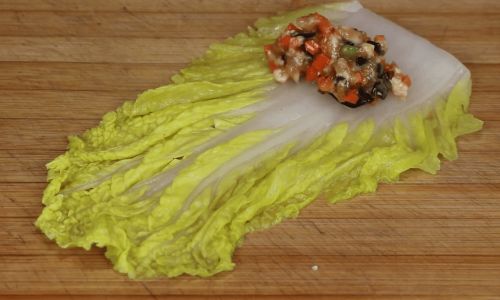
-
Shredding or Slicing: Depending on your preference, you can shred the cabbage into thin strips using a knife or a mandoline, or slice it into larger pieces. Thinner slices will dry faster but may require more attention to prevent over-drying. Larger pieces retain more texture but take longer to dry completely.
-
Blanching (Optional): Some recipes recommend blanching the cabbage briefly in boiling water before drying to halt enzymatic activity that could lead to spoilage and to soften the fibers, making the final product more tender. However, blanching also alters the cabbage’s natural flavors and colors. If you choose to blanch, do so for no longer than 1-2 minutes, then plunge the cabbage into ice water to stop the cooking process and drain well before proceeding.
The Drying Process
-
Initial Air-Drying: Begin by laying the prepared cabbage out on clean, dry racks, trays, or even clean sheets laid out in a well-ventilated area. Ensure there is ample space between the pieces to allow for even air circulation. This initial air-drying phase helps to remove surface moisture and prepare the cabbage for sun-drying. Depending on humidity and temperature, this could take several hours to a day.
-
Sun-Drying: Once the cabbage has lost its initial moisture, transfer it to direct sunlight. Ideally, choose a spot where the cabbage can receive full sun for several hours each day. Use screens, nets, or clean sheets to lay the cabbage on, ensuring they are elevated to prevent contact with the ground and potential contaminants. Rotate the cabbage periodically to ensure even drying.

-
Monitoring and Adjustments: Keep a close eye on the drying process. Over-dried cabbage will be brittle and may lose its flavor, while under-dried cabbage risks spoilage. Depending on weather conditions, you may need to alternate between sun-drying and air-drying, bringing the cabbage indoors during rainy or overly humid days.
-
Completion: The drying process is complete when the cabbage is thoroughly dried, with a flexible yet brittle texture. It should not feel damp to the touch and should snap cleanly when bent. This can take anywhere from 2-5 days, depending on the thickness of the slices, weather conditions, and the method used.
Storing Your Sun-Dried Chinese Cabbage
Once dried, store your Chinese cabbage in an airtight container in a cool, dark place. Properly dried and stored, it can last for several months to a year. To extend its shelf life further, consider vacuum sealing or storing in an airtight jar with a desiccant packet.
Using Your Sun-Dried Chinese Cabbage
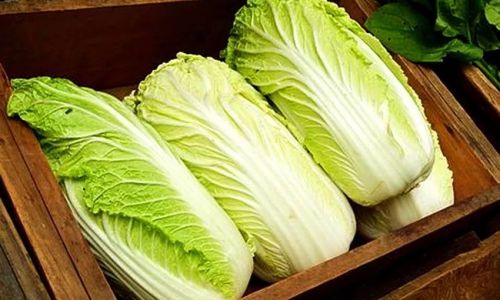
Sun-dried Chinese cabbage adds a unique depth of flavor to dishes, whether rehydrated and used in stir-fries, soups, or stews, or crumbled over salads and grain bowls. Its concentrated taste makes it an excellent seasoning agent, enhancing the umami profile of many recipes.
Conclusion
The art of sun-drying Chinese cabbage is not merely a preservation technique but a journey through time-honored traditions that connect us to our culinary heritage. By mastering the delicate balance of air-drying and sun-drying, you can transform this humble vegetable into a treasure trove of flavor and nutrition, ready to enrich your culinary creations for months to come. With patience, attention to detail, and a bit of sunshine, you’ll soon discover the joy of crafting your own sun-dried Chinese cabbage, a testament to the beauty of simple, sustainable food preservation.

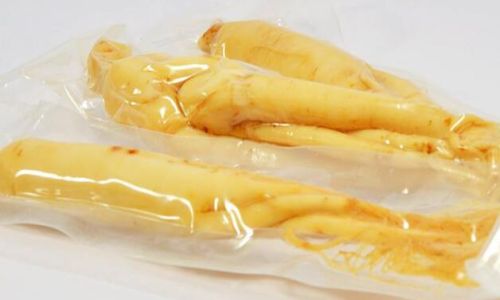
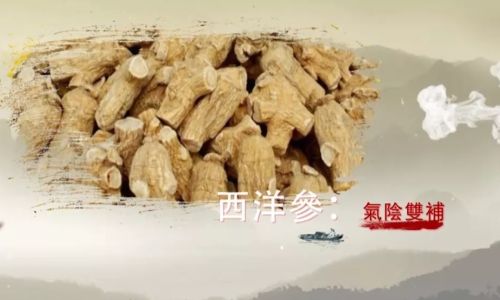

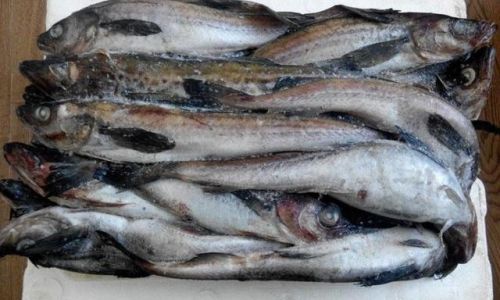

0 comments